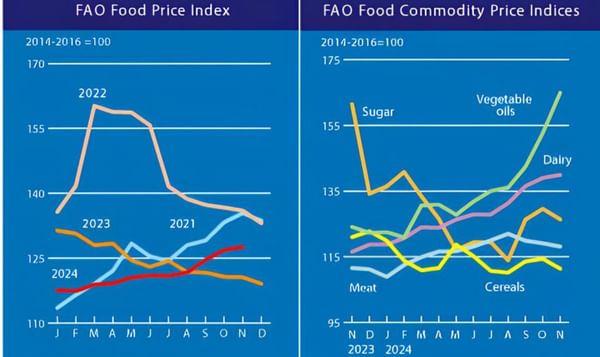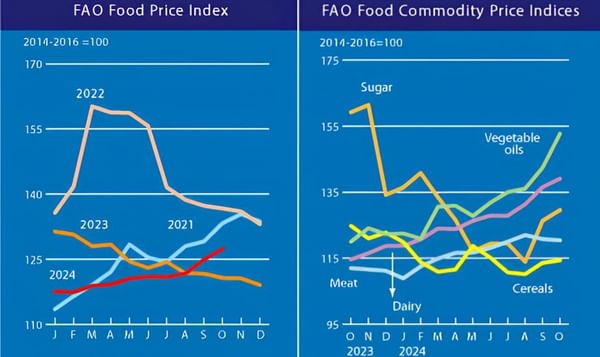In the November issue of Food Technology magazine published by the Institute of Food Technologists (IFT), Senior Digital Editor Kelly Hensel writes about the top five flavor trends that flavorists, chefs and trendspotters predict consumers will be seeking out in the coming year.
These include:
- Sweet + Heat: More consumers today are indicating they enjoy spicy food, and the spicy snack category is growing because of Millennials’ love for bold flavors. The current obsession with sriracha, a Taiwanese hot sauce made from chili peppers, is a key example of the new trend. Sweet and hot flavor profiles can also be found in beverages sector with drinks such as Mexican hot chocolate and jalapeno margaritas.
- Sour, Bitter & Tangy: Consumers are starting to reach for bold, tangy, bitter flavors – both at the dinner table and at the supermarket. Kimchi, a common ethnic dish from Korea, has contributed to the popularity of sour and fermented flavors. It is made by salting and preserving fermented cabbage in a bed of pepper, garlic, ginger, and scallions. In addition, an increased prevalence of pickling has added to the sour, tangy trend.
- Umami: The concept of umami – the fifth basic taste – was born over a century ago by a Japanese chemist. The flavor is evoked by glutamic acid, a compound that is found in authentic ramen noodles and may new seaweed snack foods. Umami even has health benefits, since it enables manufacturers to use less sodium while adding a depth of flavor.
- Smoke & Oak: Smoke – a flavor typically associated with meat can now be found in soda, spirits, and craft beer. In the future, it is likely consumers will see more oak and other woods in combination with cranberry, sorrel, and honey in nonalcoholic beverages. Smoke adds a depth to any flavor, and depending on what wood or material is smoked, the result can be very different.
- Middle Eastern & North African: Middle Eastern and North African foods are increasingly becoming menu items at restaurants. Even if the dish itself isn’t Middle Eastern, many of the traditional spices – sumac, za’atar, coriander, and cardamom – are gaining popularity with chefs.
Consumers are ready to experiment and try new things, and if the flavor is tasty, it’s likely to be a success.









